Half-Life 2’s Role in Shaping Narrative in Video Games
Half-Life 2, released by Valve Corporation in 2004, remains a landmark title in the evolution of video game storytelling, combining advanced technology, a compelling narrative, and engaging gameplay. Its innovative approach to narrative structure has left a lasting impact on the development of storytelling within the video game industry. In analyzing Half-Life 2’s role in shaping narrative in video games, it’s essential to break down its narrative techniques, the role of its protagonist, its environmental storytelling, and its influence on subsequent games.
Half-Life 2’s narrative was revolutionary at its time, primarily due to its method of storytelling through player experience rather than traditional cutscenes or text-heavy expositions. The game immerses players into the world from the first-person perspective without ever breaking immersion, allowing players to uncover the story organically as they progress. This was groundbreaking for the time and significantly influenced how narratives could be woven into gameplay.
Gordon Freeman, the protagonist of Half-Life 2, plays a crucial role in how the narrative unfolds. Freeman, a silent protagonist, does not interact with other characters through spoken dialogue; instead, players engage with the world through his eyes. This approach heightens immersion and allows players to project their thoughts and emotions onto Freeman, creating a personal connection with the narrative. The silent protagonist design decision has since been adopted by numerous other game developers, highlighting its influence.
Environmental storytelling is a key narrative device in Half-Life 2. The game’s world is meticulously crafted, providing context and narrative clues without explicit exposition. The environments communicate the aftermath of the Combine invasion, the oppression faced by citizens, and the resilience of the human spirit. Players can piece together elements of the story by observing their surroundings, such as propaganda posters, dilapidated structures, and the behavior of NPCs. This technique allows for deep layers of storytelling and encourages players to explore and question the world they inhabit.
Furthermore, Half-Life 2 introduced a seamless narrative flow that revolutionized the pacing of video game stories. The absence of loading screens between levels and the dynamic transition between gameplay and narrative sequences maintained continuity and player engagement. This uninterrupted flow kept players immersed in the narrative, offering a cohesive and smooth experience that many future games would strive to emulate.
The game’s pioneering use of real-time physics also played a role in shaping narrative elements. The Source Engine, developed by Valve, allowed for realistic physics and interactions, which were utilized to enhance the narrative experience. Players often solve puzzles and navigate environments, advancing the story through physical manipulation of objects. This integration of physics into the narrative and gameplay was innovative, offering a tangible and interactive way for players to engage with the story.
Character development is another aspect where Half-Life 2 excelled, shaping how video game narratives are crafted. Characters like Alyx Vance, Eli Vance, and Dr. Kleiner were given distinct personalities and backstories, creating emotional depth and investment in their fates. The interactions between Gordon Freeman and these characters, while non-verbal on Freeman’s part, are emotive and convey a rich back-and-forth dialogue. These character dynamics have routinely been cited as benchmarks in video game storytelling, demonstrating the potential for games to offer as rich narrative experiences as other storytelling mediums.
Half-Life 2’s episodic content, released as Half-Life 2: Episode One and Episode Two, further advanced its narrative methods. By breaking down the game’s continuation into smaller, focused episodes, Valve was able to deliver more concentrated and impactful stories. This episodic approach has since been adopted by various other game franchises as a means to continue narratives while keeping players engaged over time.
Half-Life 2’s legacy is evident in the numerous games that have drawn inspiration from its narrative techniques. The Bioshock series, known for its immersive environments and deep storytelling, clearly took cues from Half-Life 2’s environmental storytelling and narrative delivery. Similarly, games like The Last of Us have employed the seamless integration of gameplay and story, echoing Half-Life 2’s commitment to narrative immersion.
Half-Life 2’s influence extends beyond technical innovations and narrative methods; it also demonstrated the cultural and emotional potential of video games as a medium for storytelling. By proving that games could offer intricate narratives on par with films and literature, it paved the way for the industry to prioritize storytelling as a key component of game development.
Moreover, Half-Life 2’s community and modding scene allowed for further exploration and expansion of its narrative universe. The game’s flexible Source Engine encouraged players to create their own stories, mods, and expansions, contributing to an extended narrative landscape. This community-driven content fostered a deeper connection between fans and the game’s universe, enriching the overarching narrative experience.
Half-Life 2 has undoubtedly left a mark on the video game industry, setting a standard for narrative integration, character development, and immersive storytelling. Its influence continues to be felt in modern games that aim to deliver rich, nuanced stories. As technology advances, the principles that Half-Life 2 introduced in narrative structure and design remain enduring pillars in the landscape of video game storytelling.
From its environmental storytelling and narrative pacing to its pioneering physics integration and character depth, Half-Life 2’s role in shaping narrative in video games is profound. It revolutionized how stories could be told through interactive media, and its legacy continues to inspire developers to push the boundaries of narrative-driven gaming experiences. Today, it stands as a testament to the power of video games as a storytelling medium, with its impact resonating in countless titles that followed. These advancements underscore the unique capacity of video games to deliver stories that are not only experienced but lived by the player, in the footsteps of Gordon Freeman.
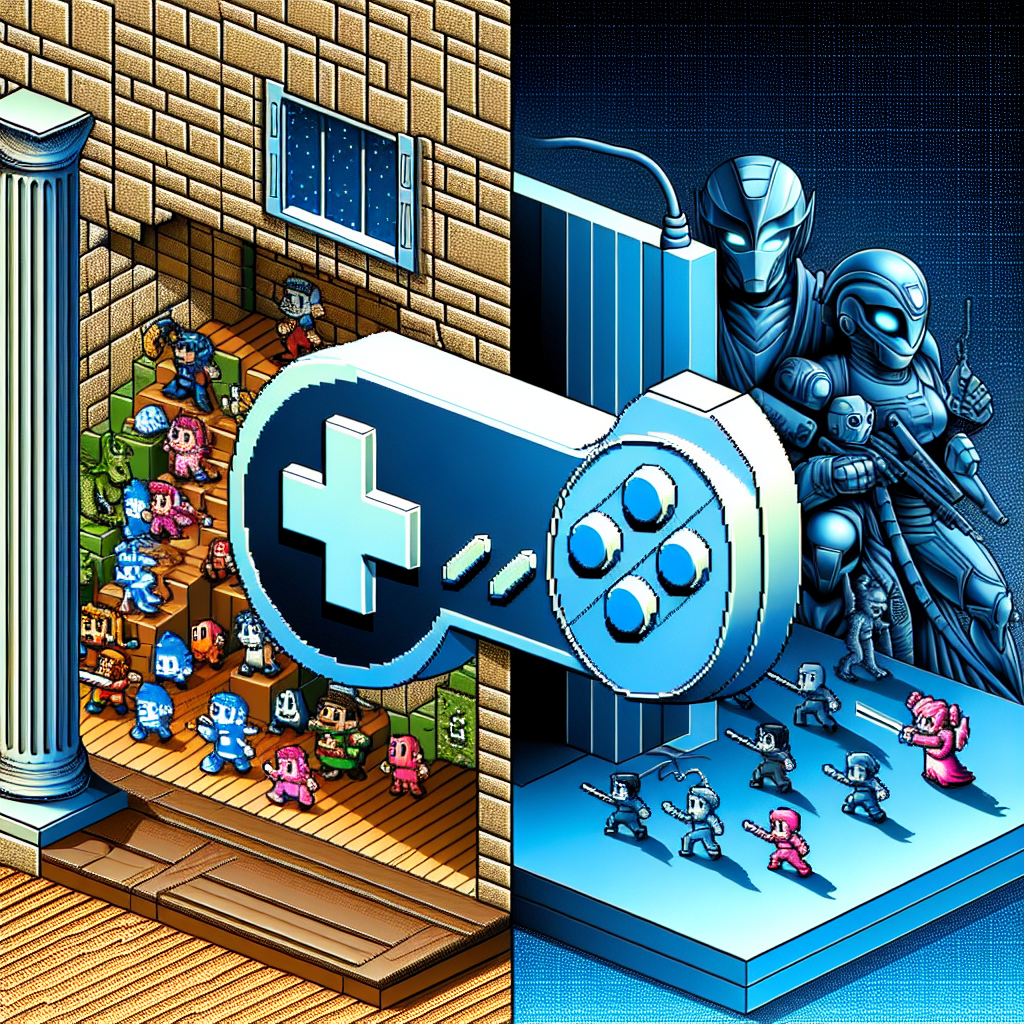

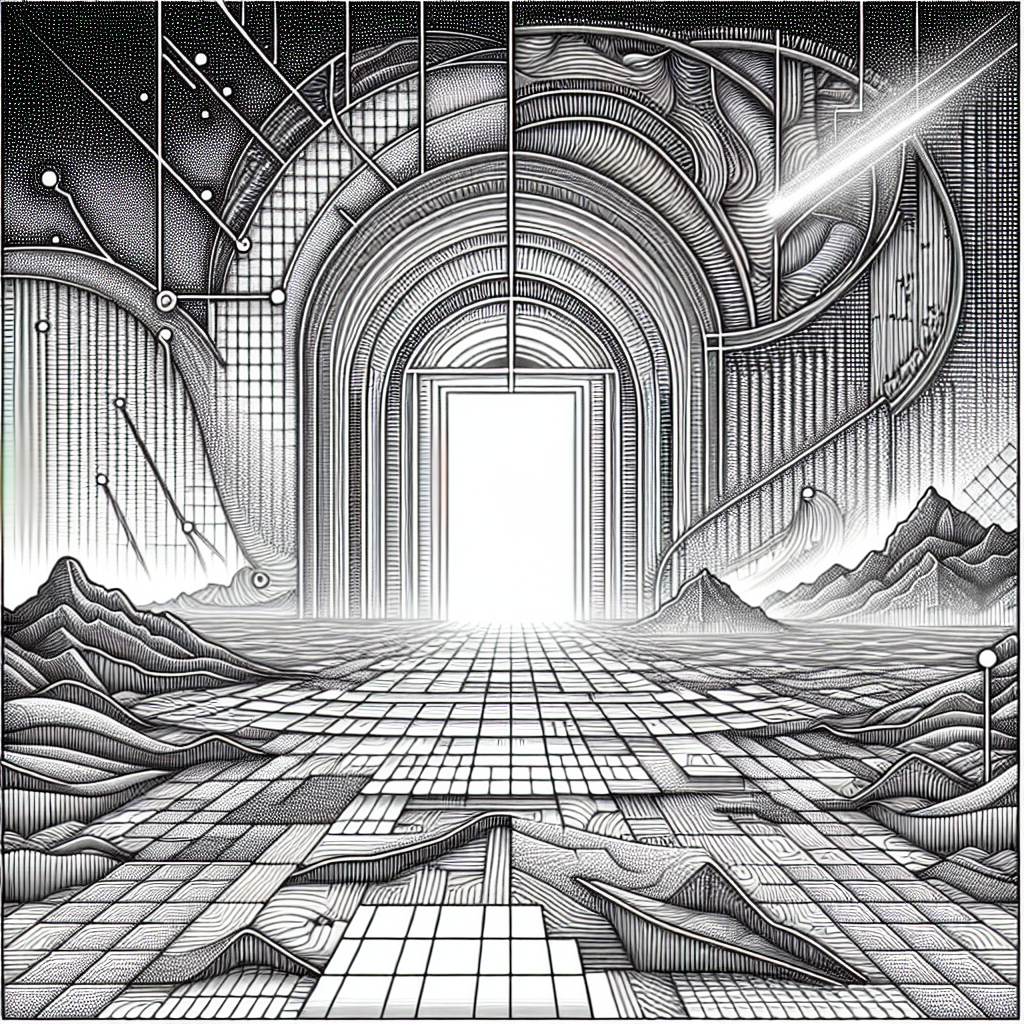

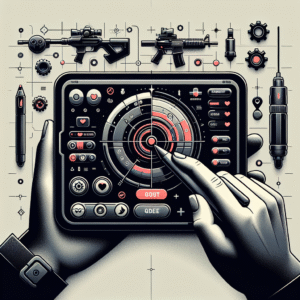
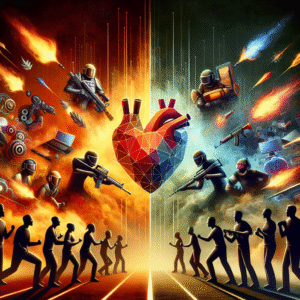


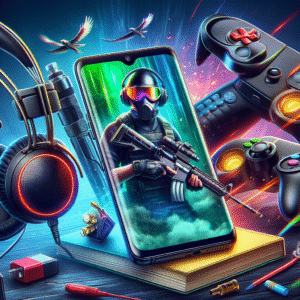
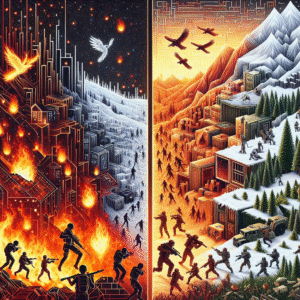
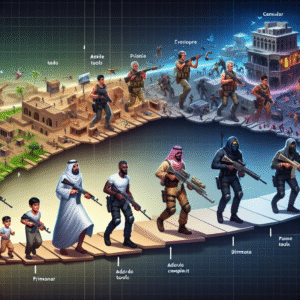
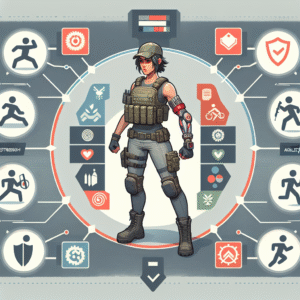
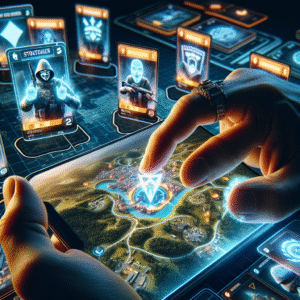
Post Comment